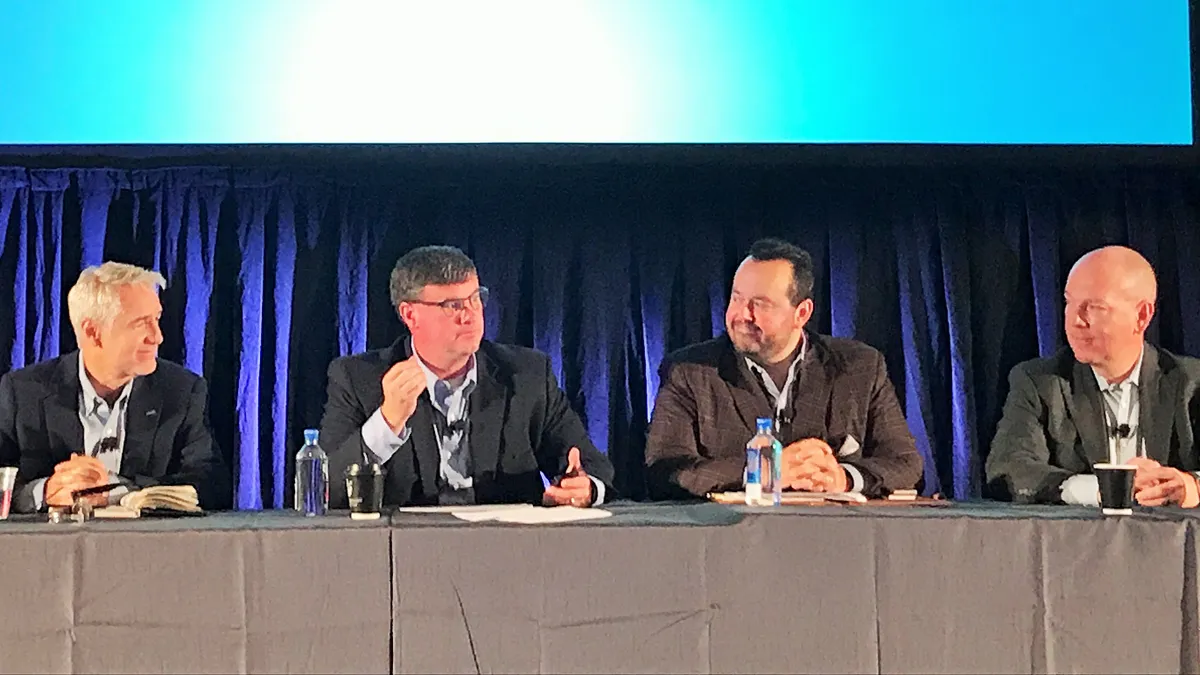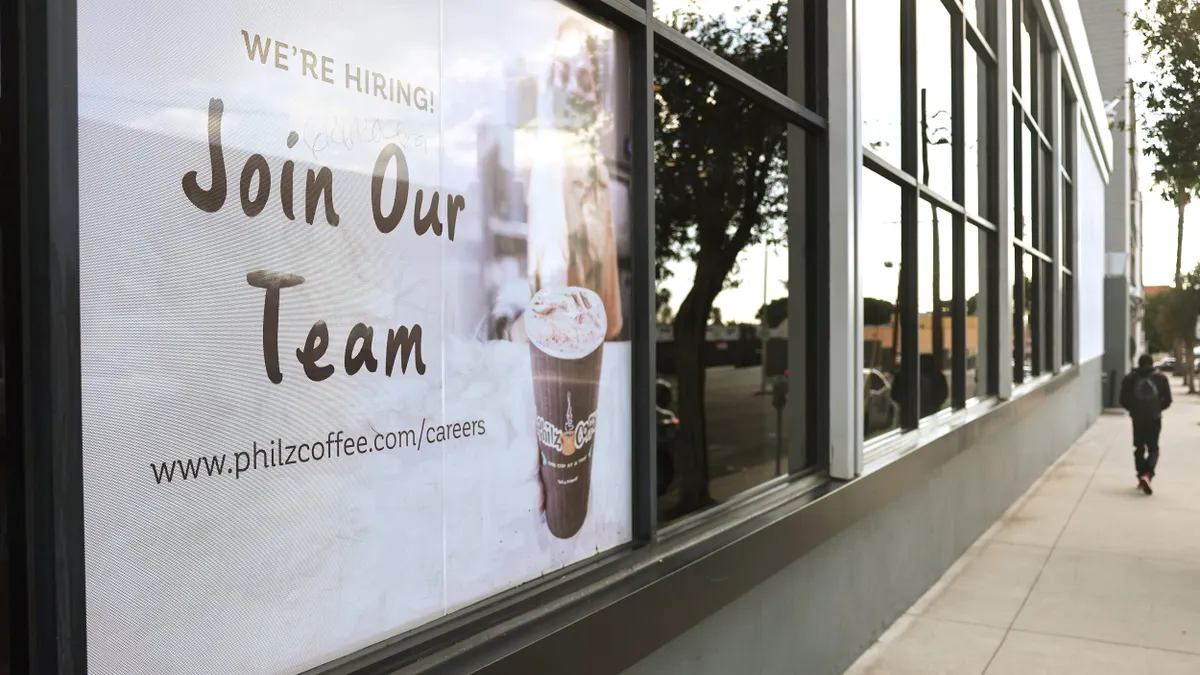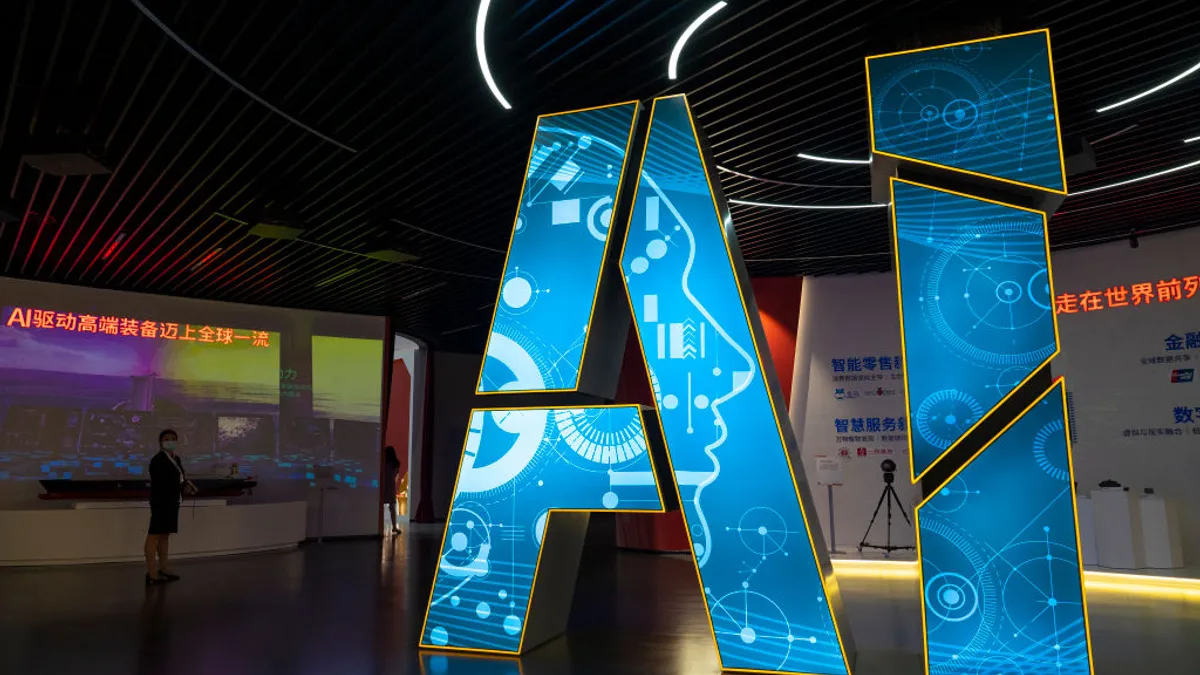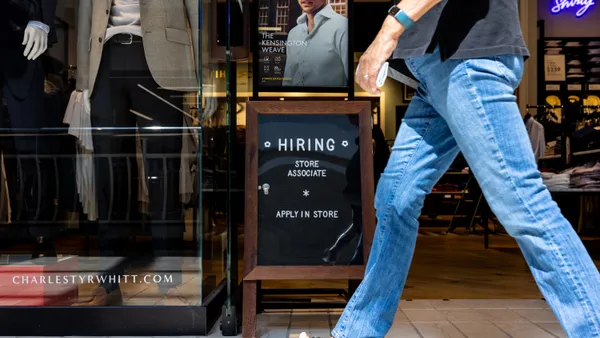What do a U.S. congressman, a former Yahoo Inc. CEO and the founder of Jackbox Games have in common?
They’re all thinking about how the newest working generation of Americans will impact employee benefits, and they’re not alone.
Roughly 10,000 boomers reach retirement age each day, according to data from Randstad. And depending on who you ask, millennials are already past the stage of being the sole new source of replacements; some experts believe we’re already seeing the next wave of workers, born as recently as 1994.
The impact of that new wave, Generation Z, crosses all aspects of employment, but speakers and thought leaders at the 2017 EBN Benefits Forum and Expo believe this group of workers (currently under age 25) will have an especially far-reaching impact on the benefits landscape.
Wait, who are these people?
Aside from their year of birth, the key characteristic that defines members of Gen Z is their global awareness, according to Jim Link, CHRO of Randstad. During a keynote presentation on Sept. 18, Link cited research showing that the cohort will make up 36% of the global workforce. “It means they’re not on this soil,” he said. “They have to be somewhere else.”
Nationality is one factor that plays into having a more global worldview, but technology also plays a critical role. Having been raised in an era defined by immediate, consistent communication without regard for distance, Gen Z is used to doing things in real-time.
“When, how and where work gets done is going to be shifting dramatically over the course of the next years,” Link said, pointing to the precedent set in business since the dawn of the internet age, which revolutionized the sharing of data and content. “The use of the information in sustained ways will be how work gets done in the future. We’re calling that the ‘collaboration revolution.’”
That expectation around workflow isn't the only thing that's changed between generations, other attendees said. The differences between what Gen Z and Millennial employees and their older peers expect from the workforce shouldn't be ignored.
“You have to be aware of what matters to them,” said Harry Gottlieb, Founder of Jellyvision, an employee communication software provider. "This generation is expecting employers to supply them with opportunity for personal growth."
How will HR reach them?
As a rule, different generations generally want to be engaged in different ways. Speakers converged on experimentation with a year-round communications strategy available across platforms, including texting, mobile and web-based applications. Quarterly emails aren't enough.
“They’re looking for you to be highly engaged,” Link said. “They want you to listen to their ideas and opinions. 46% of them want you to be giving them feedback regularly. What does regular feedback mean? It means if you’re still doing annual performance reviews, they are ready to be in the grave.”
Link also suggested employers consider more unconventional platforms to communicate important deadlines, plan features and enrollment details. He pointed to apps like YouTube and Snapchat as potential channels.
“The expectation will only be enhanced with Generation Z of what an employer can offer, what an employer should offer and how work will get done out there,” Link said, describing Gen Z’s impact on trends essentially started by millennials.
The phrase “meet them where they are” comes to mind here, as it often does when discussing HR topics.
“I don’t think there’s anything wrong with that phrase though,” Scott Thompson, CEO of Tutiton.IO, said in an interview.
One big example: Student loan debt
That approach may be all well and good when it comes to communication, but what of the content of benefits packages? After all, Gottlieb is quick to point out, nearly every employee can agree on the need for core benefits, like health insurance, retirement and disability benefits.
But he and others spoke about a blind spot for many employers in the benefits arena: debt. In the case of Gen Z and their millennial counterparts, that’s especially true of student debt.
“72% of Americans are stressed about money,” Gottlieb said. An eye-opening 47% don’t have $400 in the bank for an emergency, much less $1,000 — then you take into account the $1.4 trillion in student debt. “When you have that emergency, then you just go deeper into debt. I suggest the way we look at benefits is, how do we help our employees holistically?”
Randstad estimates that 46% of Gen Z is worried about student debt, Link said, and it's no coincidence that they are also one of the most educated generations in history.
Employers won’t be going it alone, either. During the conference, Representative to the U.S. Congress Rodney Davis (R-IL) talked with Thompson about his bill to amend the tax code and exclude employer-provided financial assistance with student loan repayment from existing IRS code. H.R. 795 — the Employer Participation in Student Loan Assistance Act — was introduced on Feb. 1 and will be part of a larger tax reform discussion on the Hill. Davis says his bill has bipartisan support in the House and Senate.
“We do have to address the cost problem, because student debt has become a problem for families,” Davis said. “This bill is a chance to help them get out.”
Thompson, whose firm specializes in helping employers set up a student debt repayment assistance program, thinks the problem of getting younger workers to acknowledge and understand their financial situation is twofold: 1) Debt, as a source of shame, carries a heavy stigma that affects an employee's ability to bring that concern to the employer; and 2) it is difficult for recent grads to realize the impact their loans’ carried interest will have on their ability to invest later in life.
“The point is, if you don’t give them a reason to care, their mind will go elsewhere,” he said





















